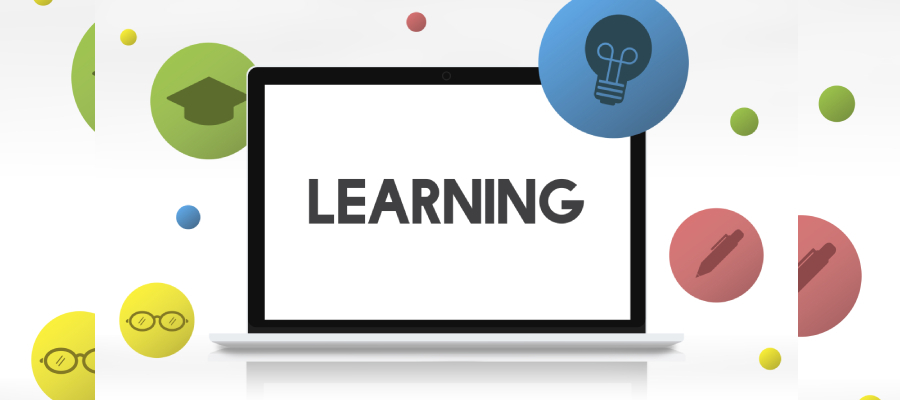In a survey of 8000 educators, 86% of respondents stated that tech plays a key role in learning[1]. Due to the Covid-19 pandemic students and educators around the world had to adapt to remote learning. Technology played a key role in ensuring that students were able to continue their education despite stay-at-home orders. Even though technology helped ensure that classes could continue, many educators, students, and parents have stated that complete remote learning is not ideal. It poses challenges of its own. Students get easily distracted, it can be hard for teachers to pick up on visual cues like body language, and there is a sense of disconnection from the material being taught.
The success and failures of the past year have forced many people to ask the question, what roles should technology play in education
Why is technology important in education
When we talk about technology in education today, there is often a misconception related to remote learning. Due to the pandemic, the use of technology for remote learning is still fresh in most people's minds. However, technology in education has been around long before Covid-19. Edtech is a term used to refer to technology that can assist educators and facilitate learning. This includes the use of digital whiteboards in classrooms, televisions to watch movies, mobile applications that can be used to track student progress, and a variety of other technology.
Technology has become an integral part of our everyday lives. It has changed how we interact with each other, with businesses, and the world at large. This is why it is crucial that technology plays a part in education. Early exposure to the use of technology to communicate can help individuals adapt more effectively once they join the workforce.
Three edtech tools to watch in 2021
1. Kahoot!
Kahoot became popular as a quiz-playing game with friends. However, it was designed to be a game-based learning platform. Over time Kahoot has expanded its feature set and has become an extremely popular choice among educators. It can be used to quickly create trivia quizzes and learning-based games. Instead of students needing to raise their hands, Kahoot! makes the process more interactive and fun. It works just as effectively in a classroom setting as it does for remote students.
This year Kahoot! is making an even bigger push to integrate with educational institutes. The company has received regulatory approval to acquire Clever. Clever is a tool used by more than 89000 schools in the United States. It has a single sign-in portal and roster syncing services that make it extremely useful in a classroom setting.
2. Storybird
Effective communication is essential to be successful in any and all professions. This is why it is Storybird is such a fantastic tool. It can be used by students in pre-school and above. It allows them to bring their stories to life and be creative. From comics and short stories to picture books and novels. Storybird is an excellent tool that can be used to help students express themselves and become more effective in their communication.
The Storybird platform allows users to drag and drop pictures quickly and make effective picture books within minutes. Students can create their work and share it online. Others can purchase their work. The $9 monthly subscription and get additional features like custom covers. For older students as well the tool can be very helpful to improve creative writing and expression.
3. Headspace
One of the silver linings of the difficulties we faced as a society last year is the increased awareness and realization about the importance of mental health. Headspace is a company that specializes in meditation and techniques for mindfulness and reducing stress. This is something that children and teenagers can benefit greatly from. The developmental years can be very challenging and stressful for individuals. Giving students the tools to care for their mental health will empower them to deal with the stress that comes with operating as an adult.
Technology can be immensely helpful for improving the effectiveness of education. Technology can help educators get their message across more effectively, help students with different learning styles retain information, and make the experience of learning more fun and engaging. After the last year, both students and educators have been forced to become more comfortable with using technology in the learning environment. We can expect the use of technology in education to continue to grow over the coming years.
Subscribe to Whitepapers.online to learn more about how technology is impacting our lives.
Featured image: School photo created by rawpixel.com - www.freepik.com

